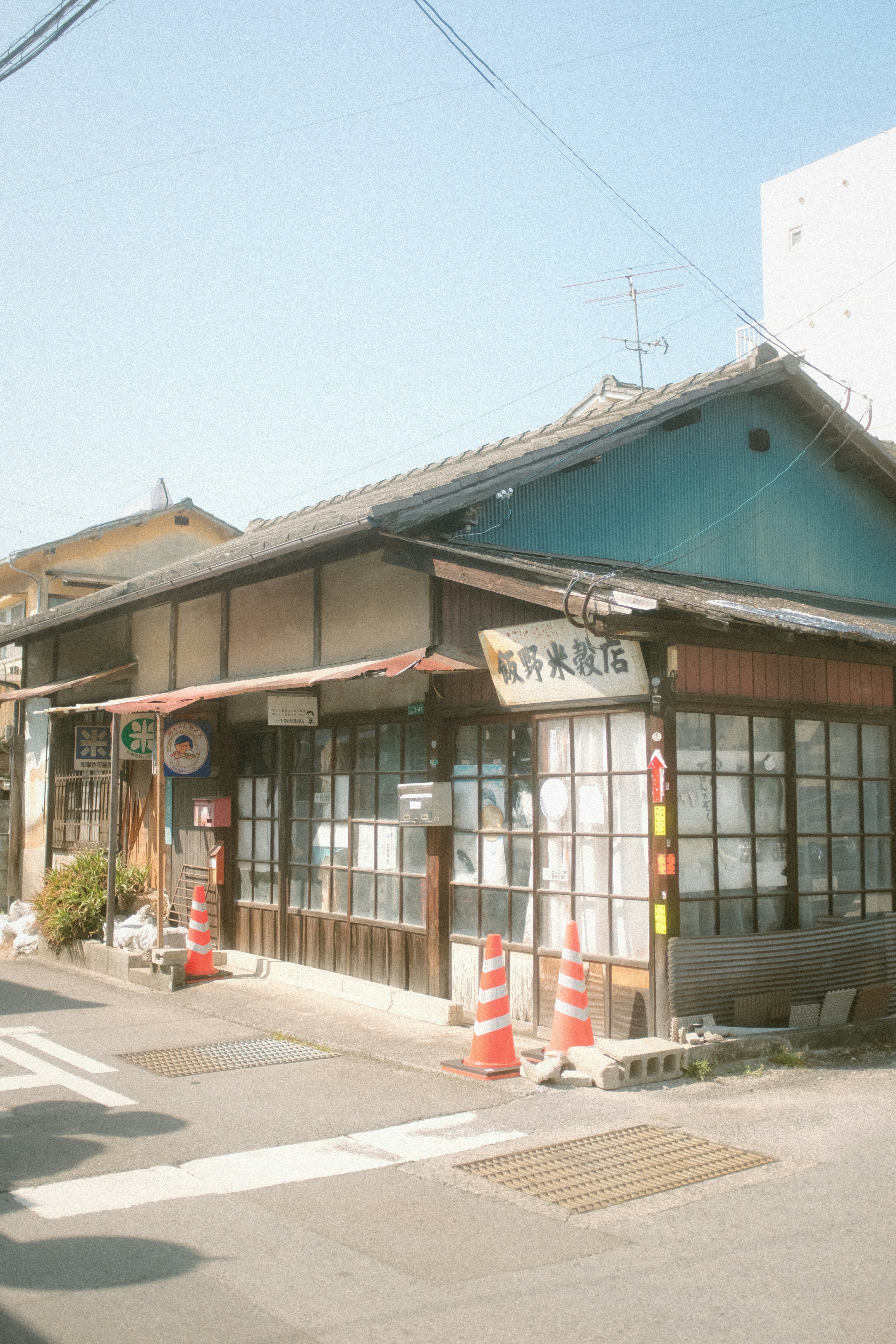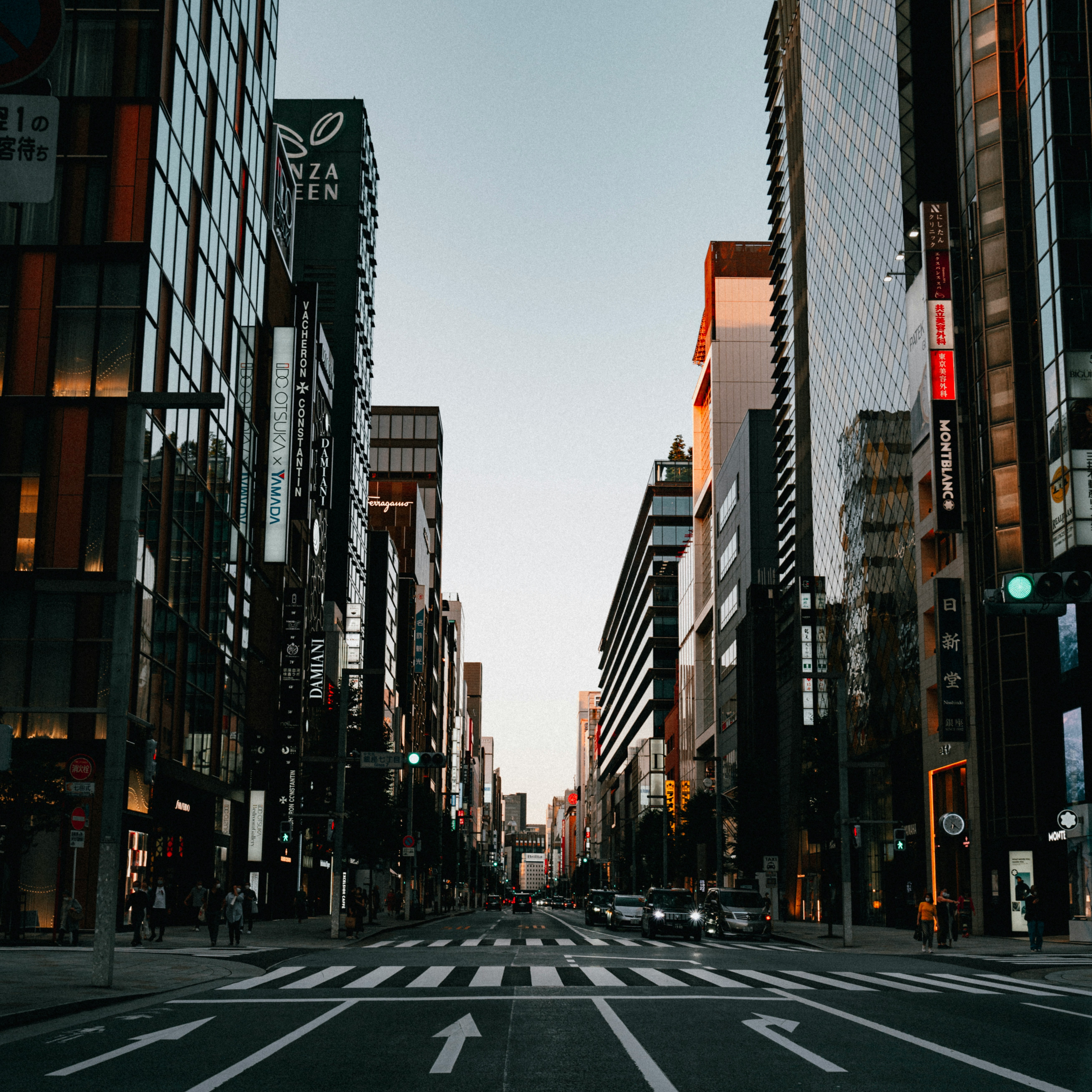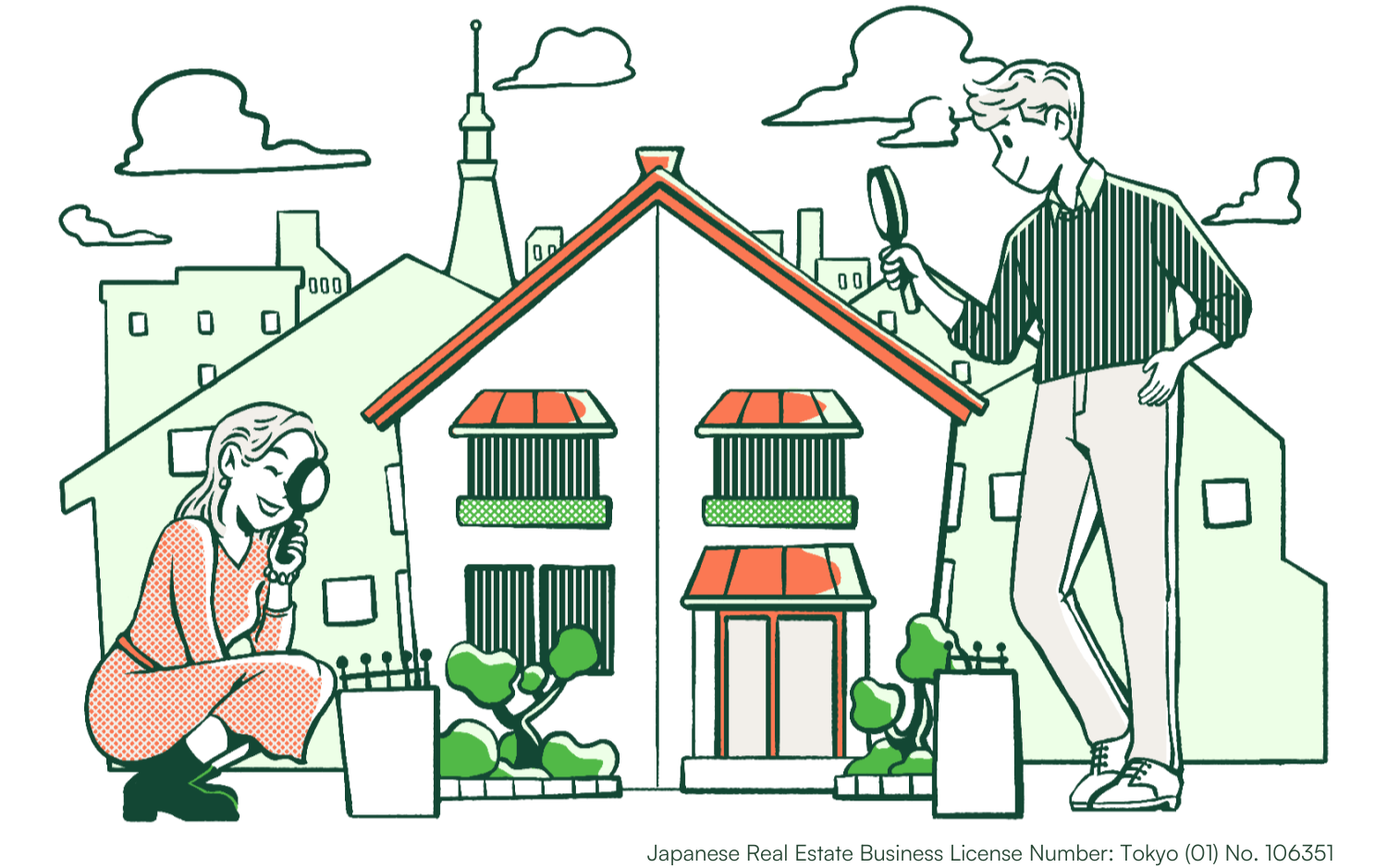
The Rise of Akiya: Abandoned Homes in Japan
With the declining Japanese population, there is a rise in abandoned homes, known as Akiya homes, around Japan. This is a prevalent issue, especially in rural regions. However, foreign investors are viewing Akiya homes as an opportunity to own a property in Japan.
목차
In recent years, there has been a steady increase in the number of akiya in Japan. Akiya (空き家) is a vacant or abandoned house in Japan, often resulting from population decline amongst other circumstances. These properties are more common in rural areas compared to urban areas. However, abandoned apartments have also been rising in urban settings in the past decade.
As of 2023, Japan has over 9 million abandoned homes, amounting to roughly 13% of the country’s total residential properties. Projections show that it might rise to 30% and even exceed it within the next decade if this issue persists.
The Origins of Akiya
The rise in akiya became an issue for the Japanese government in the early 2000s, only to have intensified in recent years. There are multiple factors contributing to this phenomenon.
Low birth rates and an aging population. Japan has been facing a decline in its population after its peak in 2008 due to its low birth rate and aging population. It has been estimated that by 2100, Japan’s population will be halved from its 2022 numbers, which are approximately 63 million. With this, more homes are being abandoned and left vacant.
Urban migration by younger generations. With more opportunities available in urban areas, the younger generation or the newer working class are moving from rural to urban, leaving more homes vacant.
Inheritance issues. Inheritance laws in Japan can be complicated, which creates a situation for many inherited properties to be abandoned by the heirs. Japan’s inheritance tax laws can be quite cumbersome. Even with properties with low market value, inheritance tax can be pretty costly, making it financially unattractive to be maintained by heirs.
Expensive demolition costs. Demolition of older abandoned properties in Japan can be more expensive than maintaining them. Heir get discouraged due to this, leading them to just abandon their inherited homes.
The Trend of Renovating Akiya Homes
With the continuous rise in property costs all around the world, some foreign nationalities have turned their interest to akiya homes for investment or to own as their second home. This particular niche trend came to be during the pandemic, as purchasing abandoned properties in Japan and renovating them is more cost-effective than buying properties in their own country.
Affordable purchase price. Akiya homes can be acquired at low prices, especially in rural regions. It can also be acquired for free in some areas through local government properties. But this usually requires major renovations to make the property habitable.
Good average expenditures for renovations. Renovation costs can vary greatly depending on the condition of the abandoned home. Cosmetic updates are more affordable, ranging from $20,000 to $70,000. Structural repairs and modernization can raise costs to $140,000. On average, a full renovation can cost $100,000.
Purchasing new property on average is more expensive than acquiring and renovating an akiya home. An attractive part of acquiring an akiya home is the land that comes with it. It is a cost-effective alternative to owning property in Japan.






